This Edible Water Bottle Is How You’ll Drink In The Future
If you run in a race in London in the near future and pass a hydration station, you may be handed a small, bubble-like sphere of water instead of a bottle. The gelatinous packaging, called the Ooho, is compostable–or even edible, if you want to swallow it. And after two years of development, its designers are ready to bring it to market.
Three London-based design students first created a prototype of the edible bottle in 2014 as an alternative to plastic bottles. The idea gained internet hype (though also some scorn for a hilarious video that made the early prototypes look fairly impossible to use without soaking yourself).
The problem it was designed to solve–the number of disposable bottles in landfills–keeps growing. In the U.K. alone, around 16 million are trashed each day; another 19 million are recycled, but still have the environmental footprint of a product made from oil. In the U.S., recycling rates are even lower. The company hopes it can put a dent in that number by replacing the growing number of small bottles that are consumed on the go. Roughly a third of water bottles sold are a half-liter or less. Evian launched a 200-milliliter bottle, which can’t be resealed, in 2016.
The new packaging is based on the culinary technique of spherification, which is also used to make fake caviar and the tiny juice balls added to boba tea. Dip a ball of ice in calcium chloride and brown algae extract, and you can form a spherical membrane that keeps holding the ice as it melts and returns to room temperature.
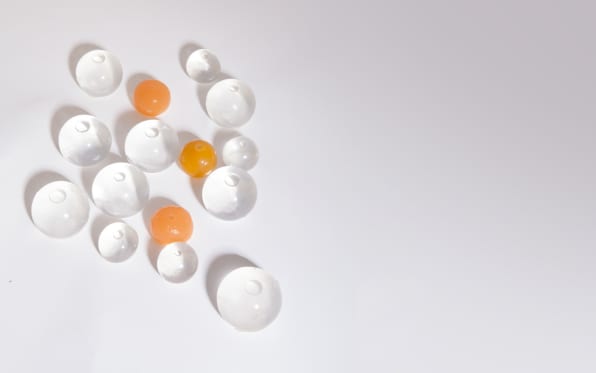
Because the membrane is made from food ingredients, you can eat it instead of throwing it away. The Jell-O-like packaging doesn’t have a natural taste, but it’s possible to add flavors to make it more appetizing.
The package doesn’t have to be eaten every time, since it’s also compostable. “When people try it for the first time, they want to eat it because it’s part of the experience,” says Pierre Pasilier, cofounder of Skipping Rocks Lab, the startup developing the packaging. “Then it will be just like the peel of a fruit. You’re not expected to eat the peel of your orange or banana. We are trying to follow the example set by nature for packaging.”
The outer layer of the package is always meant to be peeled like fruit–one thin outer layer of the membrane peels away to keep the inner layer clean and can then be composted. (While compostable cups are an alternative solution, many can only be composted in industrial facilities; the Ooho can be tossed on a simple home compost pile, where it will decompose within weeks).
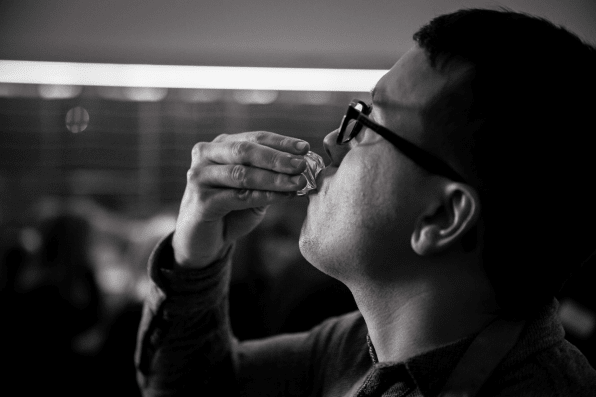
The company is targeting both outdoor events and cafes. “Where we see a lot of potential for Ooho is outdoor events–festivals, marathons, places where basically there are a lot of people consuming packaging over a very short amount of time,” says Pasilier.
Of course, that’s assuming that people embrace the idea of drinking from a squishy, jellyfish-like blob. The designers say that people have embraced the novelty in tests. And in some parts of the world, such as sub-Saharan Africa, consumers have embraced similar (but trash-producing) plastic water sachets.
At a cafe, the packaging can be made on-site, so it also eliminates the need to truck bottled water long distances. “The process that we’re developing allows for them to be made on the spot, just before consumption,” he says. “If you think of a coffee machine in the cafe that makes the coffee just before you drink it, we’re working on something that would be about that size.” At events, the same process could happen from the back of a food truck. Each ball of water can be produced in seconds.
Since the Ooho doesn’t have a lid, the portions are typically small. “Once you bite a hole in it, you have to finish it in one go,” Pasilier says. “We found that the ideal volume is a sip to a few sips depending on the application.” At a marathon, the size might be 50 milliliters, or a couple of sips; at a Starbucks, it might be 150 milliliters.
In a new crowdfunding campaign, the designers are raising money to finalize their manufacturing equipment and to work on development of a second product.
“We’re looking at other waste streams that could potentially benefit from having natural materials being thrown at them,” Pasilier says.
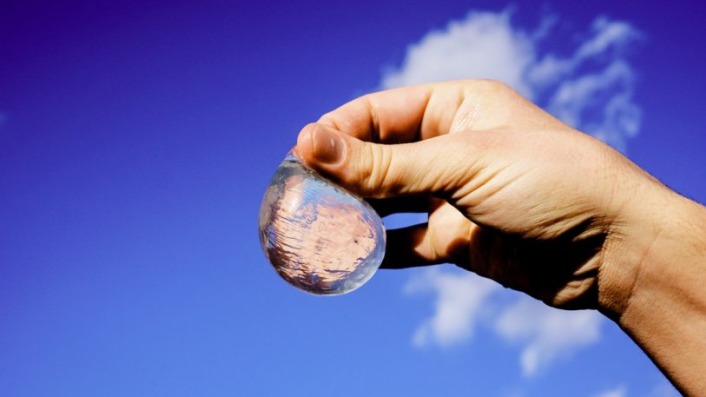
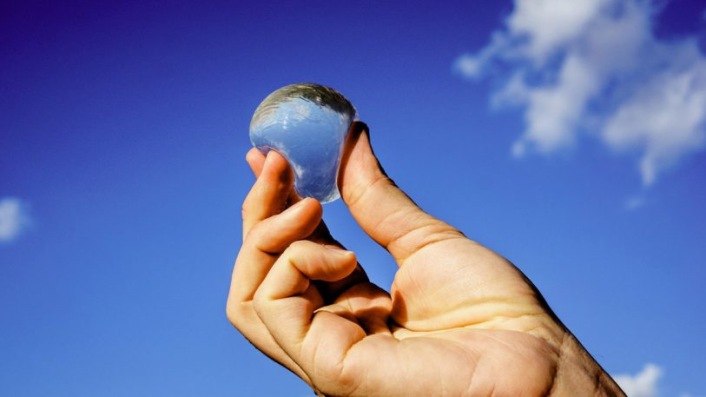
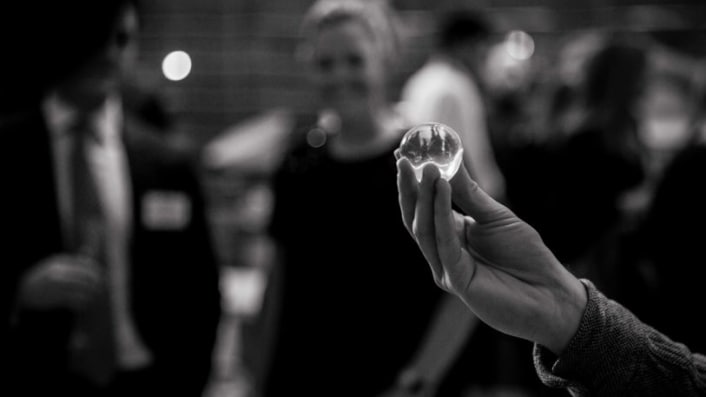
(70)














